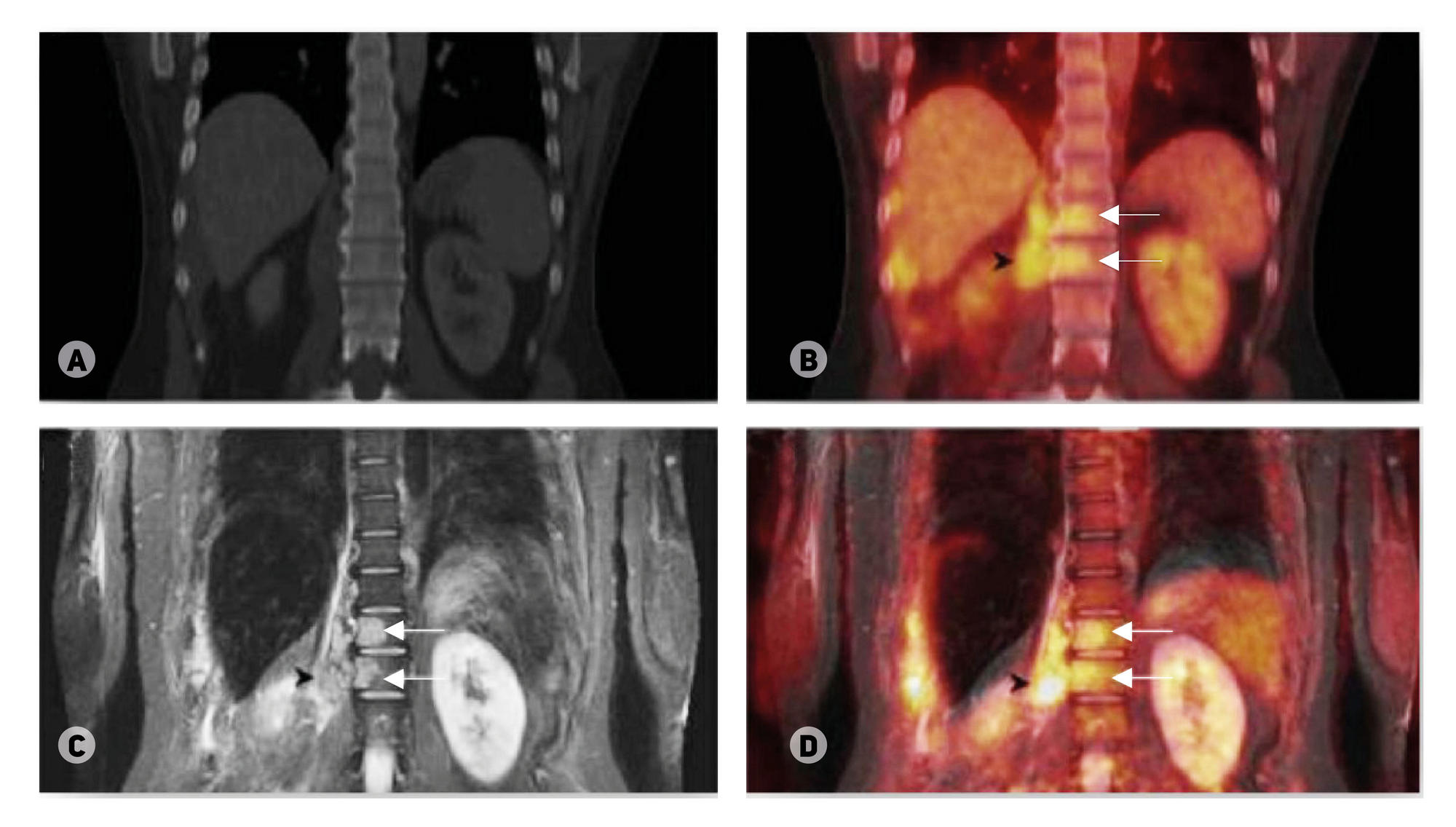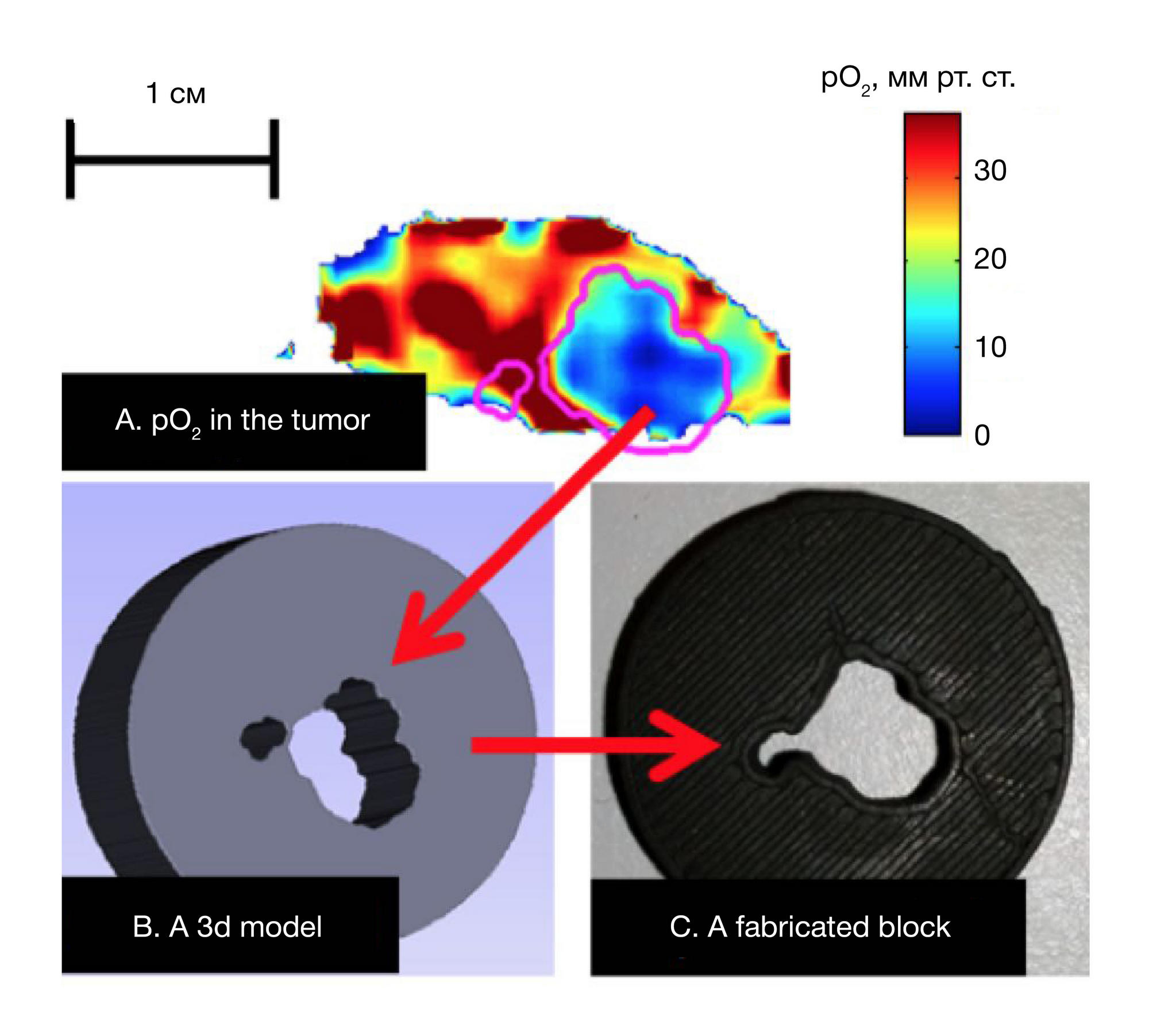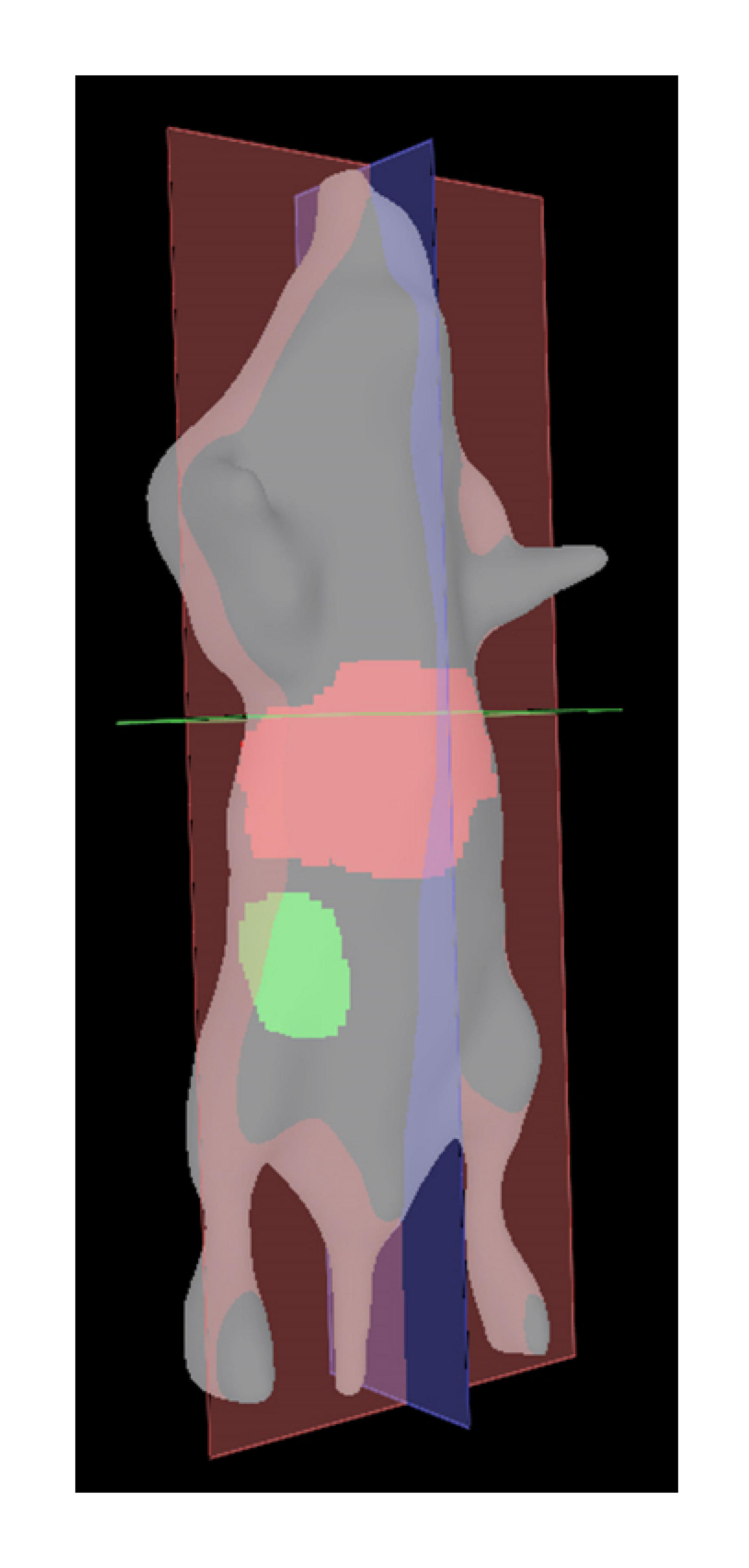
REVIEW
Looking inside man: medical imaging
1 IzoMed Ltd., Moscow, Russia
2 Department of Positron Emission Tomography,
N. N. Blokhin Russian Cancer Research Center, Moscow, Russia
3 Department of Radiation and Cellular Oncology,
University of Chicago, Chicago, USA
4 Laboratory of the Structural Dynamics, Stability and Folding of Proteins,
Institute of Cytology of Russian Academy of Sciences, Saint-Petersburg, Russia
5 Department of Anatomy and Structural Biology,
Albert Einstein College of Medicine, New York, USA
6 Pirogov Russian National Research Medical University, Moscow, Russia
Correspondence should be addressed: Elena Kulikova
ul. Ostrovityanova, d. 1, Moscow, Russia, 117997; moc.liamg@avokiluk.uy.anele


